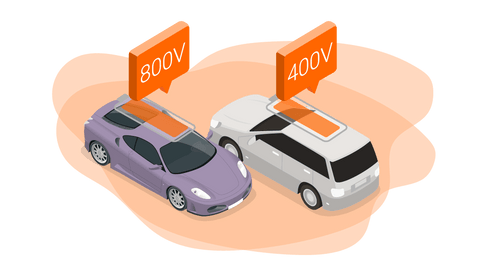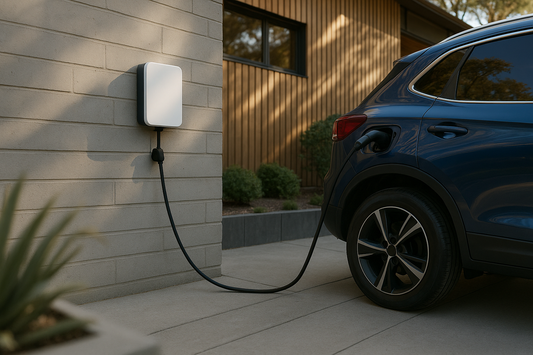As electric vehicles evolve, the conversation around 400V and 800V architectures has gained significant momentum. The 800V system, which offers faster charging times and greater efficiency, is seen as the next big step in EV technology. But is it necessary for the average EV driver? Let’s explore this in detail.
EV Battery Architecture is the underlying electrical system that governs how energy is stored and transferred between the battery and motor in an electric vehicle (EV). It directly impacts the vehicle’s charging speed, efficiency, and overall performance. The two main architectures today are 400V and 800V systems.

400V Battery Architecture
400V systems have long been the industry standard for most EVs. They typically charge slower (150-250kW max) but have an established infrastructure of compatible chargers. This architecture is highly effective for daily commuting and short trips. The primary advantage of a 400V system is its affordability and compatibility with the vast majority of charging stations worldwide. While it may not support ultra-fast charging like its 800V counterpart, it provides sufficient performance for most users.
800V Battery Architecture
800V systems represent the next evolution in EV technology. With higher voltage comes faster charging speeds, up to 350kW or more, which can drastically reduce the time needed to recharge the vehicle. Additionally, 800V systems are more energy-efficient due to lower current requirements, reducing heat loss and enabling thinner cables, thus saving weight. This system is better suited for high-performance EVs and long-distance travelers who need to minimize charging time. However, it is generally more expensive and relies on a growing, but still limited, 800V charging infrastructure.

Key Differences Between 400V and 800V EV Systems
| Feature | 400V System | 800V System |
|---|---|---|
| Charging Speed | Slower, typically limited to 150-250kW | Faster, up to 350kW or more |
| Efficiency | Lower efficiency with more energy lost to heat | Higher efficiency with less energy loss |
| Weight | Heavier due to thicker cabling | Lighter due to thinner wiring and components |
| Cost | More affordable, components are cheaper | Higher cost due to advanced power electronics |
| Infrastructure | Widely available charging stations | Limited fast chargers, but growing in numbers |
| Use Case | Suitable for most daily driving needs | Ideal for long-distance and frequent road trips |





